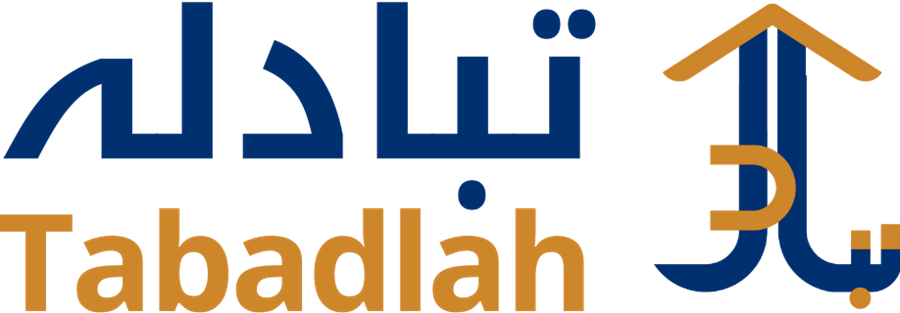ISLAMABAD: Identifying southern Khyber Pakhtunkhwa (KP) as the epicentre of poliovirus transmission, with 73 cases recorded nationwide in the past year, the Technical Advisory Group (TAG) on Polio Eradication has urged Pakistan’s polio eradication program to capitalise on the first six months of 2025 as a “crucial window” to meet recommended Supplementary Immunisation Activity (SIA) quality benchmarks and key epidemiological milestones, writes M. Waqar Bhatti.
The recommendations, made at the 17th TAG meeting held in Islamabad from January 21-23, stressed the need for an urgent action to put the program back on track and sustain progress in high-risk areas.
Pakistan reported a total of 73 wild poliovirus type 1 (WPV1) cases in 2024. Of these, 27 were from Balochistan, 22 from Khyber Pakhtunkhwa, 22 from Sindh, and one each from Punjab and Islamabad. Additionally, over 625 environmental samples tested positive for poliovirus nationwide, underscoring the widespread circulation of the virus and the need for improved vaccination coverage and surveillance efforts across the country.
The TAG emphasised that achieving high-quality SIAs between January and June 2025 is critical to rebuilding momentum and addressing operational gaps. It also recommended intensified efforts in areas with persistent poliovirus circulation, particularly southern Khyber Pakhtunkhwa, where both surveillance and vaccination efforts have fallen short.
While the TAG’s report provided robust guidance for polio eradication, its recommendations for strengthening the EPI were notably “mild and lacked specificity”. The report briefly acknowledged the importance of integrating routine immunisation with polio campaigns but failed to outline actionable steps to achieve this integration.
The report’s suggestions to “strengthen routine immunisation” and “address inequities” did not provide actionable solutions to longstanding issues such as inadequate cold chain systems, workforce shortages, and insufficient funding.
The advisory group also called for strengthened leadership, accountability, and a renewed focus on reaching missed children, especially in challenging areas.
The meeting’s provisional recommendations outlined province-specific challenges and strategies for improvement. While the TAG lauded progress in some areas, it expressed concerns over operational gaps, community resistance, and suboptimal campaign quality that have hindered eradication efforts.
The TAG report highlighted Southern Khyber Pakhtunkhwa (KP) as the “epicentre” of wild poliovirus transmission in Pakistan, with the region posing the greatest risk to the eradication programme.
The group noted that despite efforts, the quality of vaccination campaigns in southern KP remains inconsistent, with key issues such as inadequate micro-planning and high refusal rates.
The TAG urged the provincial and federal governments to prioritise southern KP by deploying skilled staff, enhancing security arrangements for vaccinators, and engaging community leaders to address vaccine hesitancy. It also recommended the adoption of innovative strategies, including targeted community dialogues and digital monitoring systems, to improve coverage in inaccessible areas.
In Sindh, the TAG acknowledged improvements in Karachi’s high-risk union councils but raised concerns about northern Sindh, where operational challenges persist. Issues such as staff turnover, weak coordination, and inadequate community engagement continue to impede progress. The group recommended intensifying efforts to recruit and train skilled vaccinators, particularly women, to ensure access to underserved communities.
Punjab, often considered a model for polio eradication efforts, was commended for maintaining relatively high vaccination coverage. However, the TAG noted emerging risks in urban slums and migrant communities, where children remain vulnerable. It called for targeted interventions to address these pockets of susceptibility and sustain the province’s gains.
In Balochistan, low population density and logistical difficulties have compounded challenges in reaching all children. The TAG highlighted the need for improved campaign planning and stronger community engagement to overcome operational barriers.
The TAG also reviewed the integration of the Expanded Programme on Immunisation (EPI) with polio eradication efforts, though its recommendations were criticised as mild and vague.
It suggested improving coordination between the two programmes and enhancing routine immunisation coverage to ensure broader protection against vaccine-preventable diseases.
However, experts attending the meeting pointed out that stronger directives and concrete measures were necessary to ensure meaningful integration. The TAG emphasised that failure to meet quality benchmarks and epidemiological milestones in the first half of 2025 could jeopardise Pakistan’s chances of interrupting poliovirus transmission. It called for robust monitoring, enhanced accountability mechanisms, and greater ownership at the provincial level to drive progress.
Phases of progress in polio eradication were also discussed, with the group cautioning that the upcoming SIAs would require unprecedented levels of operational excellence to meet global standards.
The TAG’s report is seen as a wake-up call for Pakistan’s polio eradication programme, urging all stakeholders to act decisively in the coming months to achieve the longstanding goal of a polio-free Pakistan.










